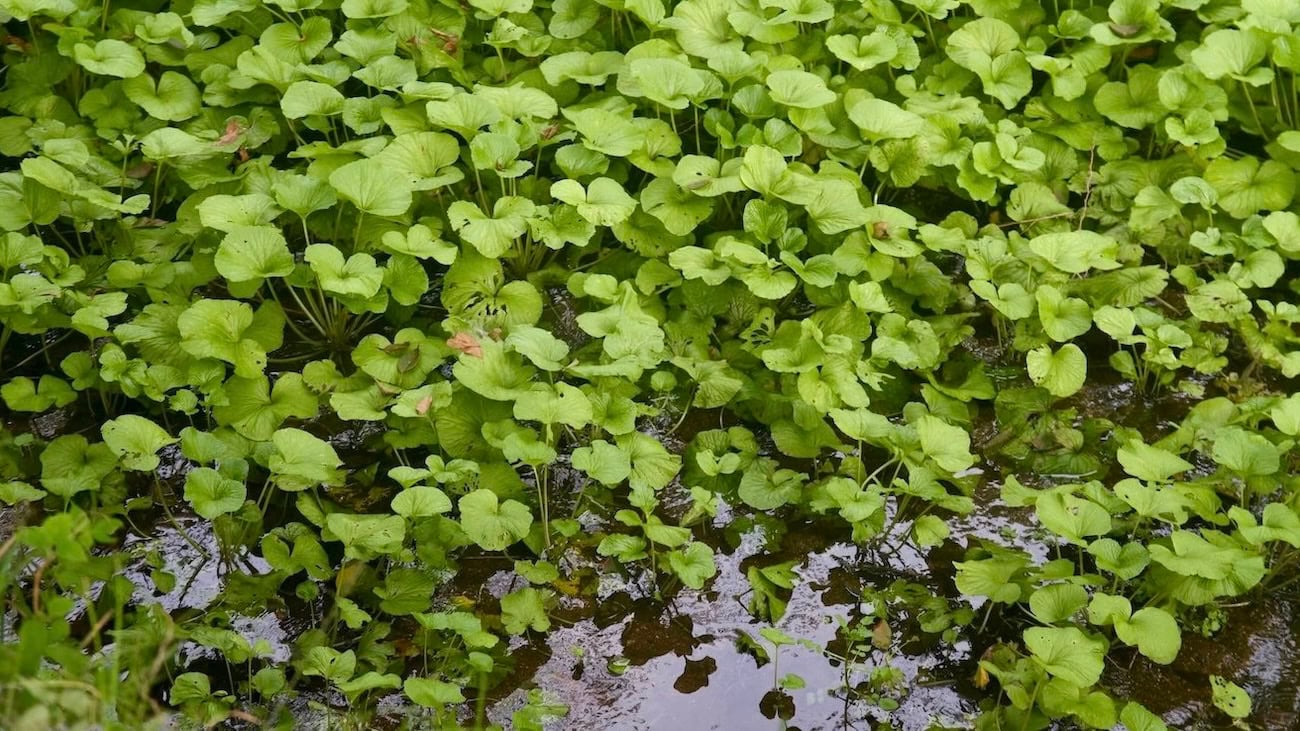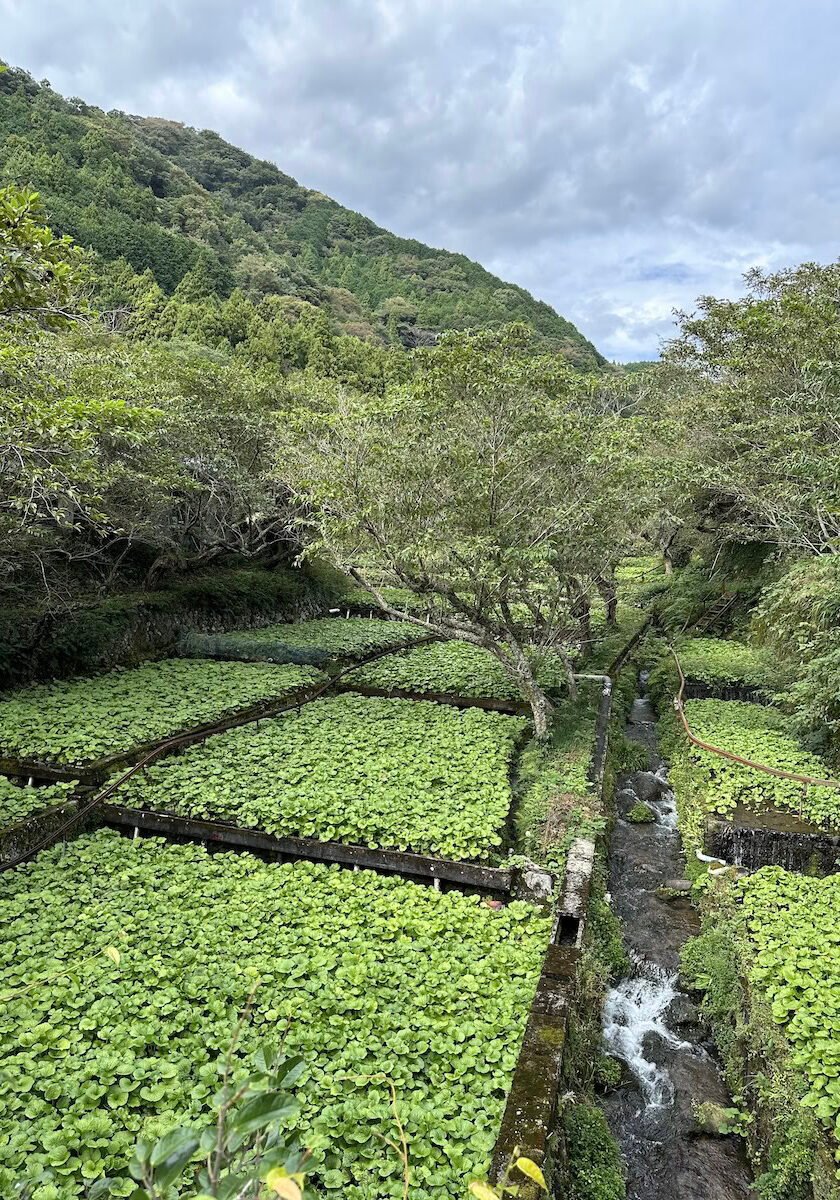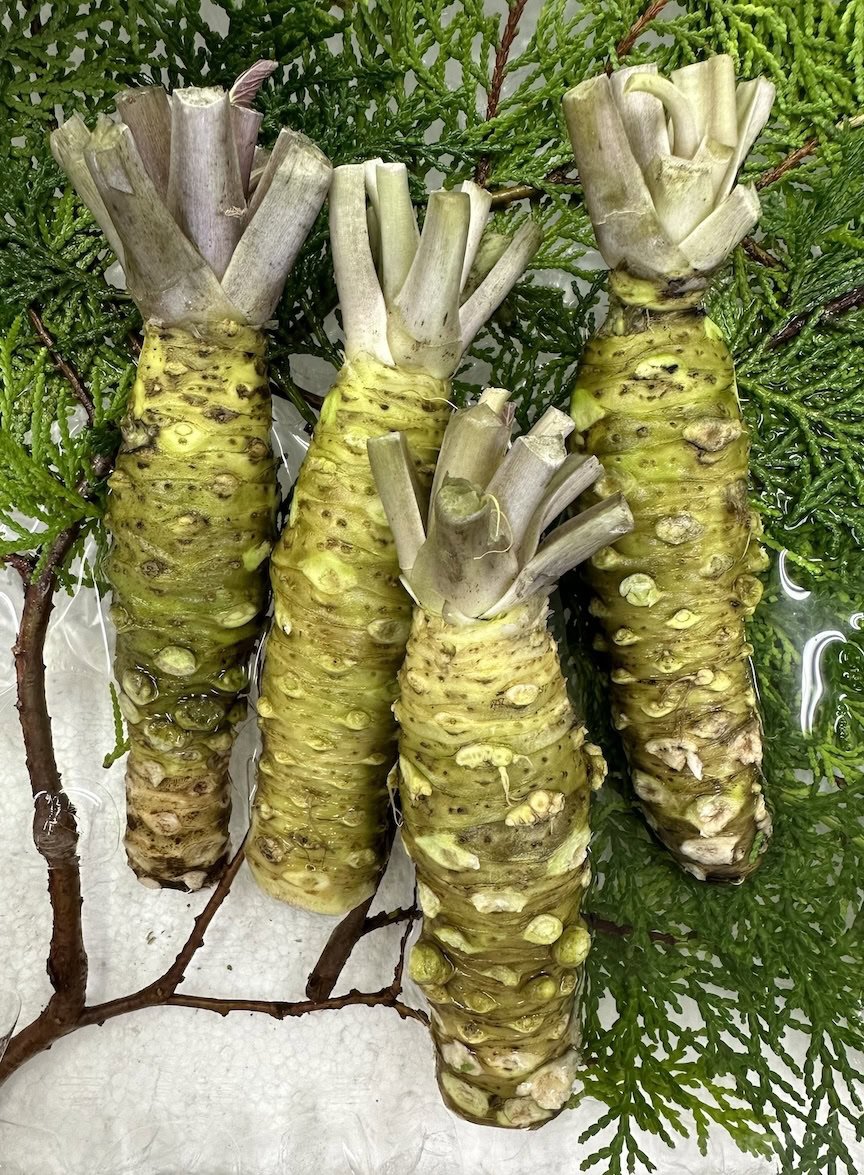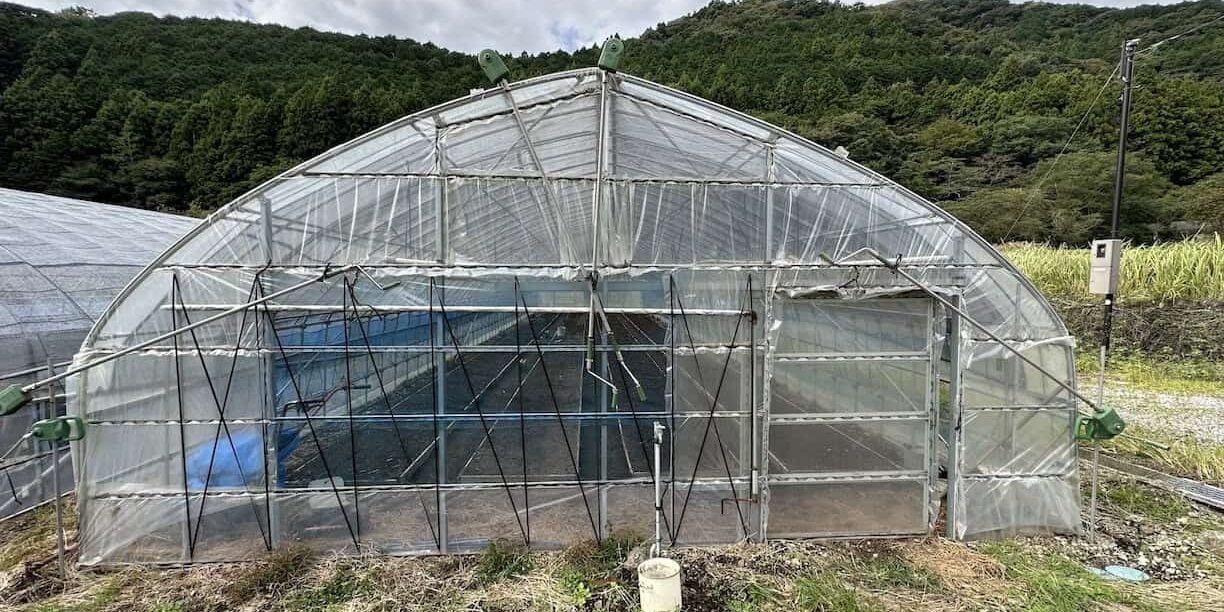How is Wasabi Produced?

LAST UPDATED: September 27, 2024
READ TIME: 5 minutes
Wasabi is one of the rarest crops because it’s among the most difficult to grow. It may very well be the hardest commercial crop to grow in the world. It thrives only under highly specific conditions that are limited in the wild: cool, humid, semi-shaded, clear-flowing mountain streams. Wasabi prefers consistently cool temperatures (ideally between 8°C and 20°C) coupled with humidity, which mountainous regions provide. It also needs a constant supply of clean, oxygen-rich water, most commonly found in mountain springs. Because wasabi flourishes in flowing water, it also requires permeable soil that is rich in organic matter. The water quality and temperature are the most crucial, but wasabi quality is determined by how well cultivators recreate all of these particulars in the most natural way. It's a picky plant.
While found in some other parts of the world, these precise conditions are most prevalent in certain regions of Japan, where wasabi evolved. This, combined with the plant's slow growth and susceptibility to disease, makes large-scale wasabi cultivation extremely challenging.
Sawa Wasabi
Traditional Japanese cultivators mimic wasabi’s natural habitat by directing the flow of nutrient-rich spring water through terraced gravel beds. This is the sawa wasabi growing method. It prioritizes continuous irrigation to create a moist and well-drained environment while also ensuring temperature regulation. The constant flow of clean, fresh water feeds the rhizomes throughout their slow, multi-year growing cycle, supplying them with nutrients and oxygen and washing away any contaminants in the soil that could lead to disease. Wasabi is easily harmed by heat, so the terraces are typically shaded by East Asian Alder trees and other foliage to protect it from direct sunlight in the spring and summer.
Traditional cultivation methods are a testament to human ingenuity and a deep respect for the environment. The sawa wasabi method is integrated into the local ecosystem in a way that significantly contributes to the biodiversity of the area. It is a feat of agricultural skill as well as sustainability, reflecting a harmony with nature that is the cornerstone of Japanese farming traditions.

Producing the Rhizome

Wasabi cultivation is a labor of love, demanding years of patience before the rhizome is ready. When the time comes, the plant's lush leaves are gently pushed aside and the rhizome is carefully extracted from the soil. Harvested rhizomes are immediately washed in the cool, clear water that sustains the crop, removing mud and smoothing away any surface imperfections. The fibrous roots, unsuitable parts, and any damaged areas are then trimmed. These trimmings are utilized in processed wasabi products, such as pastes and powders, ensuring minimal waste. The primary rhizomes are then prepared for shipment and distribution.
Meanwhile, resourceful farmers and locals utilize the leftover leaves, stems, and flower buds. Honoring the entirety of the plant, they employ a wide variety of culinary applications to these secondary parts.
The meticulously prepared wasabi rhizomes then embark on their journey, often destined for high-end restaurants and specialty markets throughout Japan and worldwide. To preserve their freshness and piquancy, they are packed in damp materials like moss or sawdust, ensuring the delicate rhizomes remain hydrated during transportation. Swift shipping, sometimes via air freight, helps minimize deterioration. Each step ensures the wasabi arrives at its destination ready to be freshly grated to release its unique heat and complex flavors.
Hatake Wasabi
The less traditional cultivation method is called hatake wasabi, which is more akin to conventional soil practices in open fields. This method is more challenging due to wasabi's sensitivity to its environment. The plant prefers to be nourished from the naturally occurring minerals in springwater. Hatake wasabi feeds it through organic fertilizers and compost. Both methods demand constant attention to water quality, temperature, and light to make certain the wasabi develops its signature pungent flavor and heat.
There are approximately 20 known cultivars of wasabi, each strongly region-specific. The differences are due to both environmental conditions and growing methods. It is said that every wasabi farm has its own unique cultivation technique that has been passed down through the family for generations.

A New Age
With increasing demand, growers have adapted alternative techniques. Hydroponic methods replicate the stream-like environment in controlled settings, allowing for consistent nutrient delivery and protection from pests and diseases. Greenhouse cultivation is also becoming more common, employing convertible shade cloths and climate controls to recreate suitable conditions. These methods enable the production of larger amounts of wasabi, but fail to achieve the authentic flavor nuances found in traditionally grown variants. It is unlikely that a manufactured setting could ever fully replicate the intricate interplay of natural factors in which wasabi thrives. The mineral density of Japan’s mountain springwater, the microbiome of the soil, and unpredictable climatic fluctuations were essential to the evolution of wasabi’s flavor and aroma profile and remain so to this day.
Wasabi cultivation is a delicate balance between honoring nature's influence and applying innovative solutions. Traditional methods offer exceptional flavor at the cost of limited output, while hydroponics and greenhouse approaches meet global demand. These controlled facilities may bring the spice to culinary enthusiasts across the world, but if you wish to truly understand the essence of wasabi, you must visit the terraced hillside farms that have been perfecting their craft for centuries.
Learn more about wasabi.

